The waterfalls in Tamhini Ghat, near Pune in Maharashtra present a breathtaking spectacle, particularly during the monsoon season. Surrounded by lush greenery and nestled within the Western Ghats, these waterfalls provide a peaceful getaway for both nature lovers and adventure enthusiasts alike. The region is renowned for its scenic beauty; misty hills and cascading streams create a perfect backdrop for trekking and photography. Tamhini Ghat’s waterfalls are undoubtedly a must-visit for those who seek tranquillity and natural beauty. Plan your visit to experience the mesmerising charm of these waterfalls.
Tamhini Ghat Location
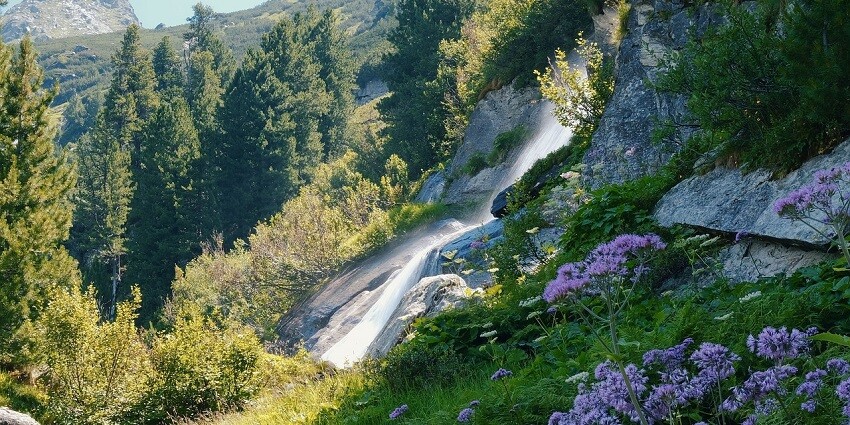
Photo: Shogun / Pixabay / Image For Representation Only
Tamhini Ghat is well connected to various nearby cities, making it a highly convenient destination. It is situated approximately 65 km from Pune, accessible through the Mulshi route; it usually takes a drive of about 1.5 to 2 hours. From Mumbai, the ghat is located around 150 km away, requiring a journey of 3 to 4 hours via the Mumbai-Pune Motorway and Paud Road.
Suggested Read: Places To Visit In Pune In Monsoon
How To Reach Tamhini Ghat
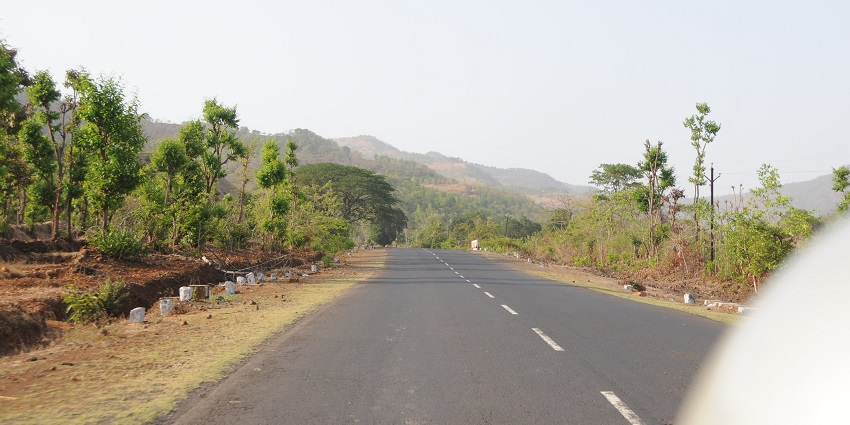
Photo: Sharada Prasad CS / Wikimedia Commons
Reaching the waterfalls in Tamhini Ghat involves various travel options, such as road, train, and air. Here is a breakdown of the different ways to reach this picturesque destination.
By Road: If you are coming from Pune, Tamhini Ghat is situated roughly 60 kilometres away. One can take the Paud Road via Chandani Chowk, which leads directly to the Ghat. The journey typically takes about 2 hours. Conversely, if you are starting from Mumbai, the distance is 150 kilometres. In this case, you would take the Mumbai-Pune Motorway, and the drive can take between 3 and 4 hours.
By Train: For those opting to travel by train, the nearest railway station is Pune Junction. From there, it is possible to hire a cab or utilize a local bus to arrive at Tamhini Ghat; this will take around 2 hours. If you are coming from Mumbai, you can catch a train to Pune and follow the same road route toward Tamhini.
By Air: Lastly, travelling by air is also feasible. Pune International Airport is the nearest airport, located about 65 kilometres from Tamhini. Once you land, you can rent a car or reserve a taxi to transport you to the waterfalls in Tamhini Ghat in approximately 2 hours.
Places To Visit Near Tamhini Ghat
The Tamhini Ghat region offers several remarkable destinations near its waterfalls. Among the five essential sites, there exists a blend of natural beauty and historical importance.
1. Mulshi Dam
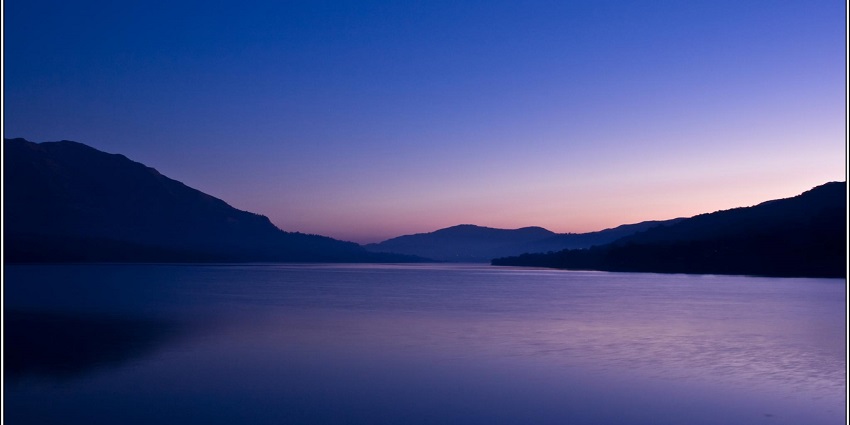
Photo: Rohit Gowaikar / Wikimedia Commons
Mulshi Dam, a serene destination situated near Tamhini Ghat, attracts visitors with its picturesque beauty and tranquil ambience. Constructed along the Mula River, this dam is covered by lush forests and towering hills. This area presents an ideal setting for a picnic, and the breathtaking vistas of the backwaters are simply remarkable. During the monsoon season, the dam brims with water, and the surrounding vegetation creates a stunning landscape perfect for strolls. Adventure seekers can also indulge in activities such as boating, fishing, or trekking in the adjacent hills.
Timings: 9 AM – 6 PM
Entry Fee: Free
Suggested Read: Best Places To Visit In Virar For A Weekend Escape
2. Lavasa Hill Station
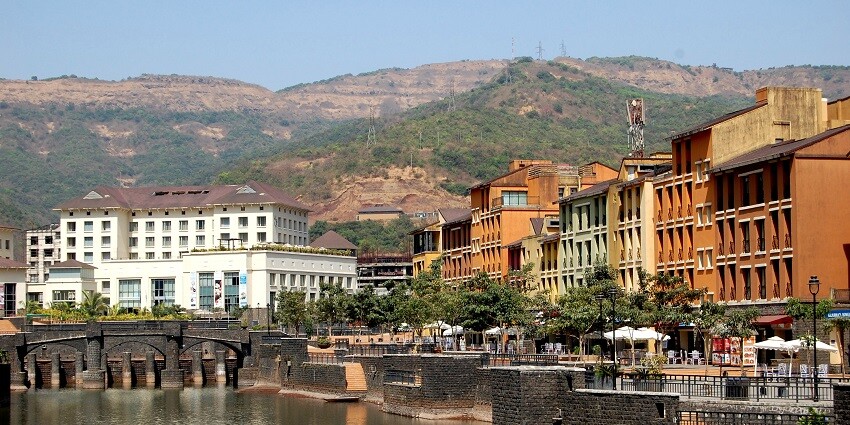
Photo: Mayur239 / Wikimedia Commons
Lavasa, situated in proximity to Tamhini Ghat is a devised hill station that draws inspiration from European towns. Its lakeside promenade, vibrant town centre, and picturesque hills make it a favourite destination for not only weekend getaways but also day excursions. The hill station provides a unique blend of urban amenities and natural splendour, offering activities from water sports to invigorating nature trails and hiking. The pleasant weather and well-crafted infrastructure contribute to the allure of Lavasa. Visitors have the opportunity to engage in cycling, savour delightful meals at lakeside restaurants, or partake in boating on the tranquil lake.
Timings: Open 24 hours
Entry Fee: ₹500 per vehicle
3. Raigad Fort
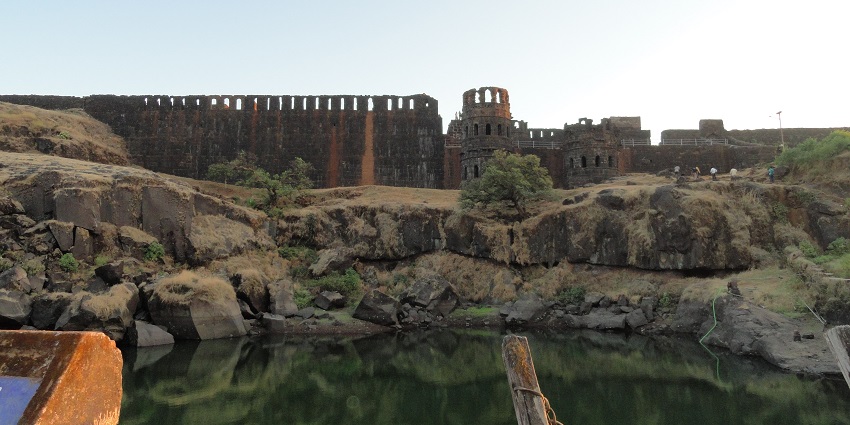
Photo: Gbaadkar / Wikimedia Commons
Raigad Fort is a historical marvel, representing one of the most significant monuments near Tamhini Ghat. Famous as the capital of the Maratha Empire under the leadership of Chhatrapati Shivaji Maharaj, this fort offers an immersive experience for its visitors. Perched atop a hill at an elevation of 2,700 feet, the fort presents panoramic views of the majestic Sahyadri mountain range. Its architecture and structures, such as the royal palace, temples, and watchtowers, speak volumes about its historical significance. Visitors may trek to the fort or opt for a ropeway to facilitate a quicker ascent.
Timings: 8 AM – 6 PM
Entry Fee: ₹30 for each individual
Suggested Read: Mrugagad Fort
4. Devkund Waterfall
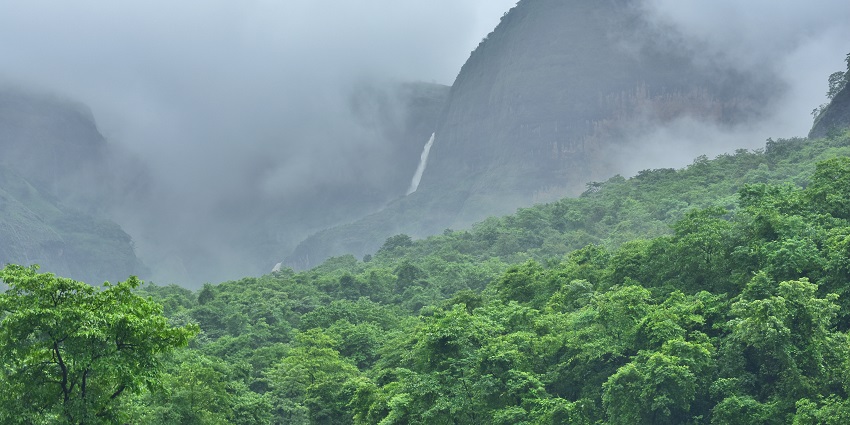
Photo: Abhinav Varshney / Wikimedia Commons
Devkund Waterfall, nestled near Tamhini Ghat, is a hidden gem or treasure that offers a breathtaking natural spectacle. The journey to the waterfall requires a trek lasting approximately 2–3 hours through dense forests. This makes it a favourite destination for trekking enthusiasts and nature lovers alike. Along the way, you will encounter a variety of scenic streams, smaller waterfalls, and vibrant greenery. Upon reaching Devkund Waterfall, the sight is nothing short of stunning, with crystal-clear water flowing into a natural pool. Many visitors relish the opportunity to take a refreshing swim in these cool waters.
Timings: 6 AM – 5 PM
Entry Fee: ₹50 per person
5. Pawna Lake
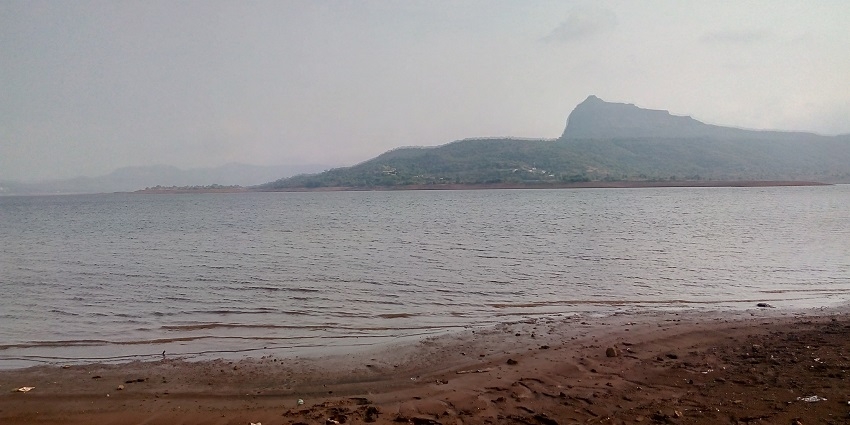
Photo: Anurag Singh / Wikimedia Commons
Pawna Lake is a favourite camping destination near Tamhini Ghat, celebrated for its tranquillity and picturesque scenery. Covered by the Sahyadri mountain range, the lake offers an exceptional environment for various activities like camping, stargazing, and even kayaking or boating. Numerous campsites around the lakeshore offer comfortable tent accommodations, complete with bonfire setups, which makes the area particularly attractive for weekend excursions with friends or family. Furthermore, the lake’s closeness to other notable attractions, such as Lohagad Fort and Tikona Fort, enhances its allure.
Timings: Open 24 hours
Entry Fee: Free (camping charges can vary significantly depending on the provider).
Suggested Read: Pawna Lake In Pune
Where To Eat
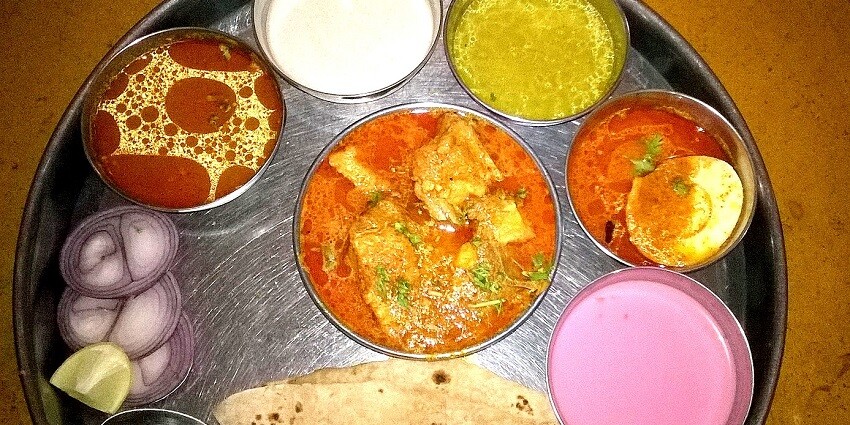
Photo: Nadeem.gaikwad / Wikimedia Commons
In Tamhini Ghat, dining options are somewhat limited, but the local restaurants and dhabas provide simple yet delectable Maharashtrian cuisine. Traditional dishes such as bhakri, zunka, pitla, and various fish delicacies are certainly worth trying. Among the more popular spots, Quick Bite Dhaba and Mulshi Hill View Point stand out for their freshly prepared meals. Many travellers prefer to carry snacks or picnic lunches. If you happen to stay at a resort or guesthouse, you will find that they offer in-house dining, albeit with basic meals. Yet, for those seeking greater variety, Lavasa is an excellent option; it has several cafes and restaurants that present broader menu selections.
Where To Stay
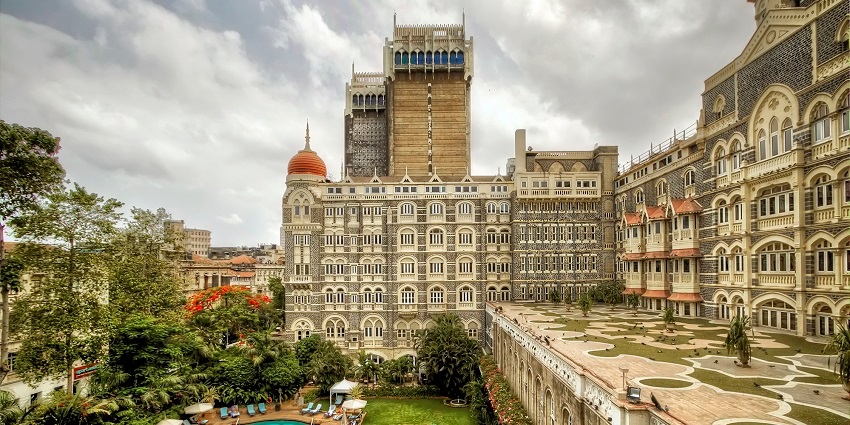
Photo: Vikramjit Kakati / Wikimedia Commons
Tamhini Ghat offers an array of accommodation options ranging from budget-friendly guesthouses to more comfortable resorts. Mulshi Agrotourism and The Lakeside Promenade, located near Mulshi Dam, serve as excellent choices for those seeking rustic, nature-centric retreats. VRS Homestay, with its inviting home-like atmosphere, is particularly well-suited for families. Individuals desiring a more luxurious experience might consider visiting Lavasa or Jalsrushti Island Resort. These locations not only provide stunning views but also modern amenities.
Suggested Read: Shopping In Pune
Best Time To Visit
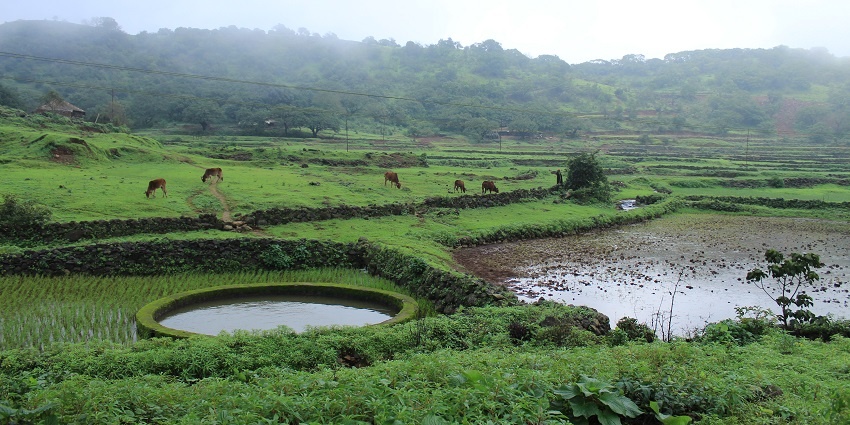
Photo: Nikhil More / Wikimedia Commons
The best time to explore the waterfalls in Tamhini Ghat is undoubtedly during the monsoon season (from June to September). During this time, the waterfalls are in full flow, and the surrounding landscapes become a lush green paradise. This transformation creates a picturesque environment, complete with mist-covered hills, vibrant flora, and a cool, refreshing atmosphere. However, winter (from October to February) also offers an appealing opportunity for a tranquil visit, as the weather remains pleasant but the waterfalls may not be as active.
Other Factors To Consider
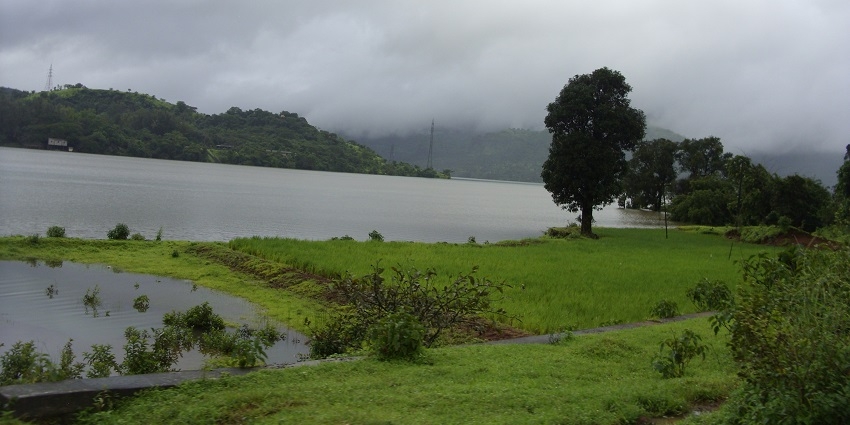
Photo: Abhijeet Safai / Wikimedia Commons
When deciding on a journey to the waterfalls in Tamhini Ghat, it’s crucial to take into account several considerations for
a seamless and enjoyable experience.
Average Cost Of The Trip:
The trip cost to Tamhini Ghat is quite affordable based on the mode of transport and the selection of lodging. If you happen to be coming from Pune, the private car ride can cost between ₹1,500 and ₹2,000. However, for individuals opting for a bus or shared taxi, the fare can be as minimal as₹300 to₹500. While budget-friendly guesthouses or homestays typically impose charges of approximately ₹1,000 to ₹2,000 per night, more luxurious resorts or camps can demand anywhere from ₹3,000 to ₹6,000 nightly. Moreover, local cuisine generally incurs costs ranging from ₹200 to ₹500 per person.
Tips For Travellers:
- Prepare Accordingly: Visits during the monsoon season can be muddy, so carry waterproof clothing, sturdy hiking shoes, and additional outfits.
- Commence Early: It is advisable to start your journey at an early hour to avoid crowds and have sufficient time for exploration of the waterfalls and surrounding areas.
- Safety is Paramount: Trekking trails may become slippery due to the monsoon. Hence, one must exercise caution while trekking as well as when swimming near the waterfalls.
- Carry Cash: There are few ATMs in the Ghat area, and many small eateries or shops may not accept credit cards.
- Photography: Do not miss taking the photo of Tamhini Ghat, particularly during the monsoon season. It is advisable to carry a waterproof case for your camera or phone.
Suggested Read: Top Illuminating Places To Visit In Aurangabad At Night
Exploring the waterfalls in Tamhini Ghat offers a rejuvenating escape into the tranquillity of nature, presenting an immersive experience of Maharashtra’s stunning landscapes. Whether you are an adventure seeker or merely searching for a peaceful retreat, Tamhini Ghat indeed has something for everyone to appreciate. However, to maximise the enjoyment of your visit, it is essential to plan your trip with TripXL and find discounts on accommodations.
Cover Photo: Dinesh Valke / Wikimedia Commons


 WhatsApp
WhatsApp
 Twitter
Twitter









